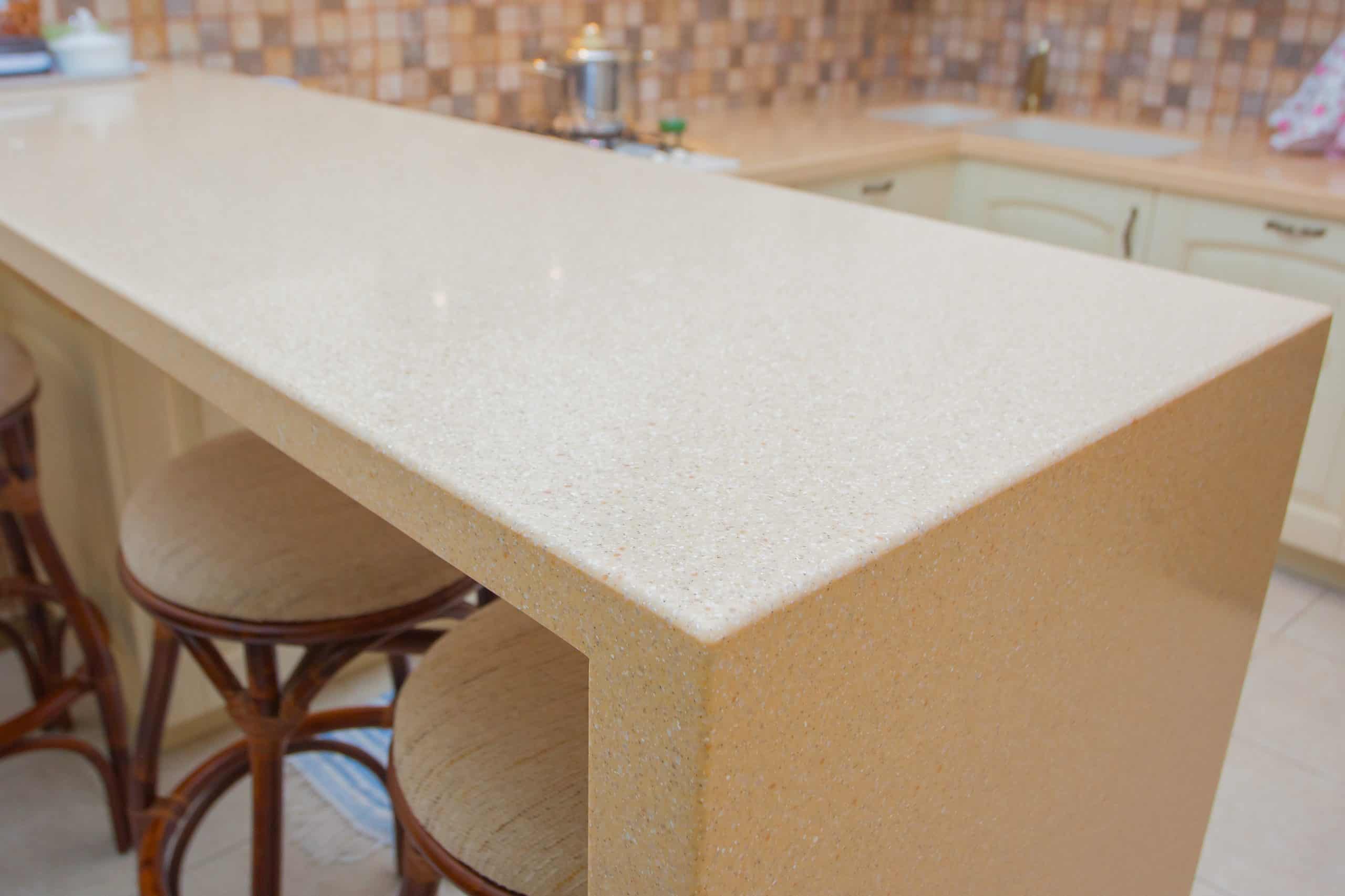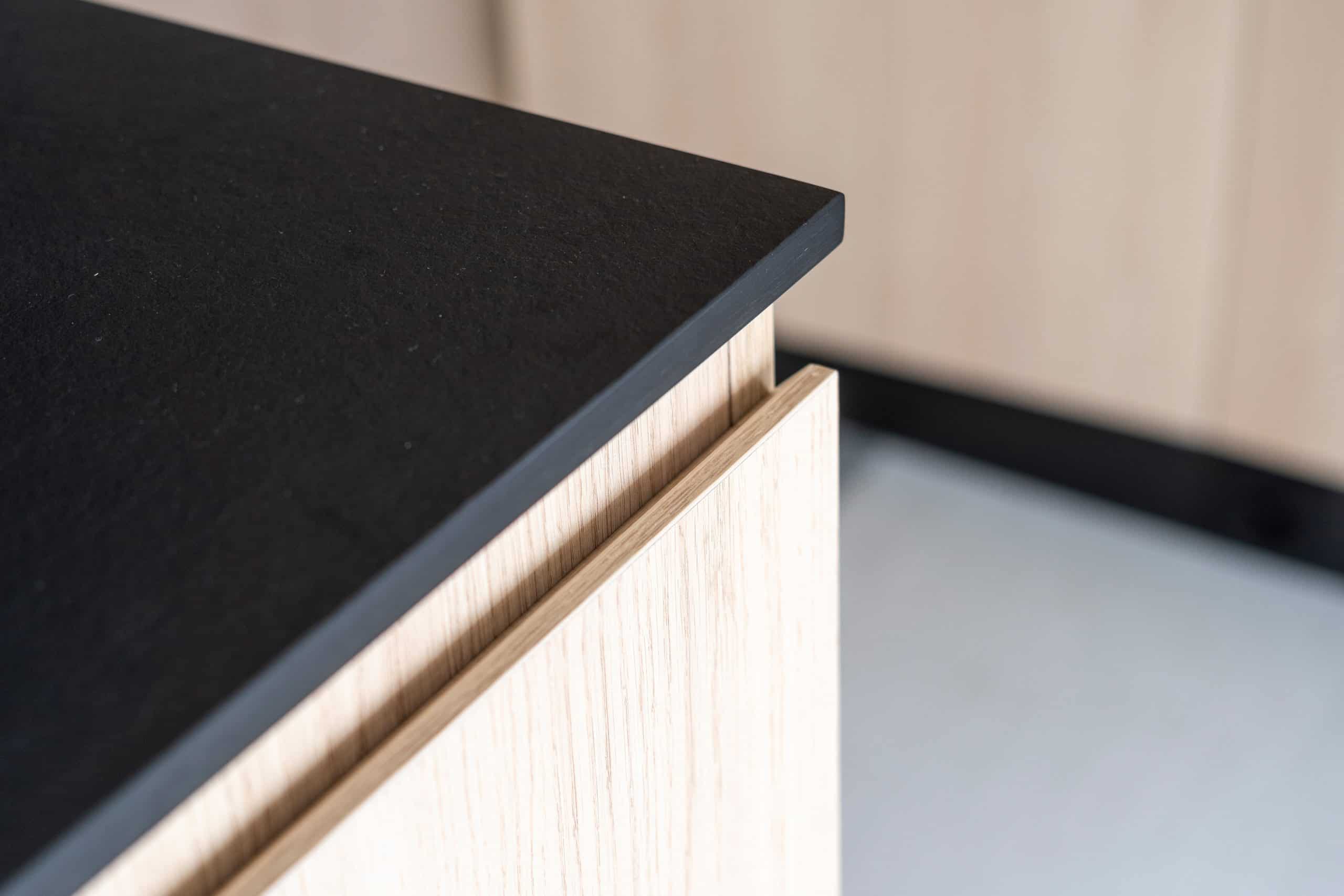Does your stone need restoration? Diamond Stone Restoration Corp, serving New York City, restores the classic elegance of your stone surfaces. We revitalize your stone, making it a focal point of your space in East Village, NY, and Astoria.

Hear from Our Customers

We are a top stone restoration company serving New York City. We understand the unique challenges and opportunities presented by properties in this area and adapt our services accordingly. Our team expertly blends traditional methods with modern innovations, delivering superior results. We value clear communication and collaborate closely with each client for their complete satisfaction. Our dedication to quality workmanship and personalized service makes us a trusted name in stone restoration throughout New York City.


Ready to get started?
Imagine your stone surfaces restored to their former glory, radiating warmth and sophistication throughout your home. With our skilled stone restoration services, this vision can become a reality. We combine advanced techniques with a deep appreciation for the natural beauty of stone. We provide exceptional service in New York City. Let us help you create a space that reflects your style and improves your everyday living experience in NY.

The area that is today known as the East Village was originally occupied by the Lenape Native Americans. The Lenape relocated during different seasons, moving toward the shore to fish during the summers, and moving inland to hunt and grow crops during the fall and winter. Manhattan was purchased in 1626 by Peter Minuit of the Dutch West India Company, who served as director-general of New Netherland.
The population of the Dutch colony of New Amsterdam was located primarily below the current Fulton Street, while north of it were a number of small plantations and large farms that were then called bouwerij (anglicized to “boweries”; modern Dutch: boerderij). Around these farms were a number of enclaves of free or “half-free” Africans, which served as a buffer between the Dutch and the Native Americans. One of the largest of these was located along the modern Bowery between Prince Street and Astor Place, as well as the “only separate enclave” of this type within Manhattan. These black farmers were some of the earliest settlers of the area.
There were several “boweries” within what is now the East Village. Bowery no. 2 passed through several inhabitants, before the eastern half of the land was subdivided and given to Harmen Smeeman in 1647. Peter Stuyvesant, the director-general of New Netherland, owned adjacent bowery no. 1 and bought bowery no. 2 in 1656 for his farm. Stuyvesant’s manor, also called Bowery, was near what is now 10th Street between Second and Third Avenues. Though the manor burned down in the 1770s, his family held onto the land for over seven generations, until a descendant began selling off parcels in the early 19th century.
Learn more about East Village.Local Resources
Useful Links
Ready To Restore The Beauty Inside Your Stone?
Contact us today!
Diamond Stone Restorations Corp
Company
Support
Useful Links